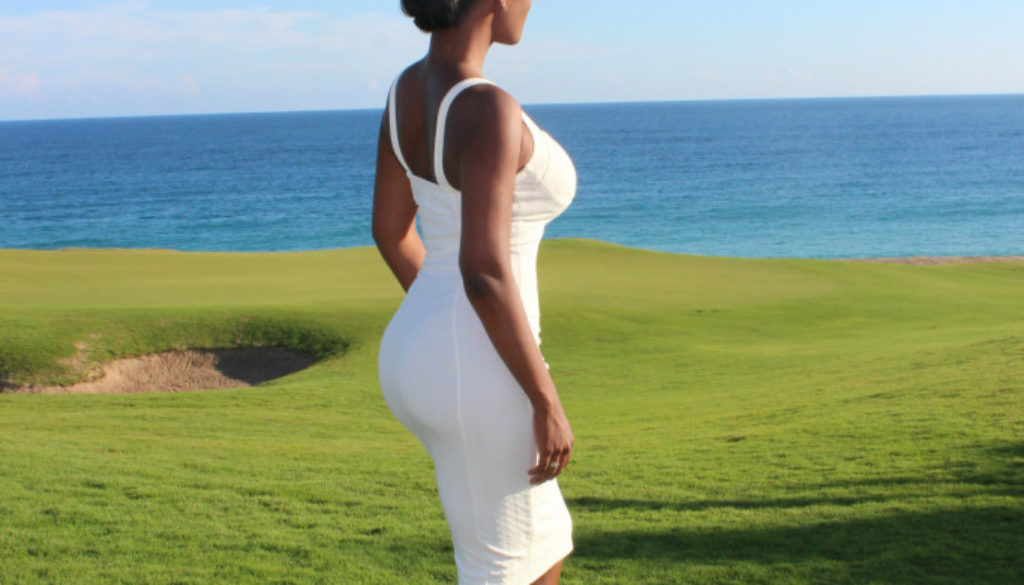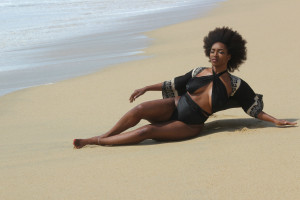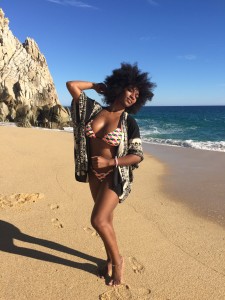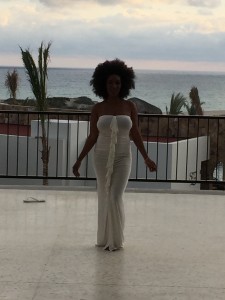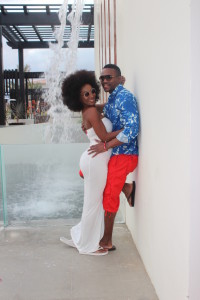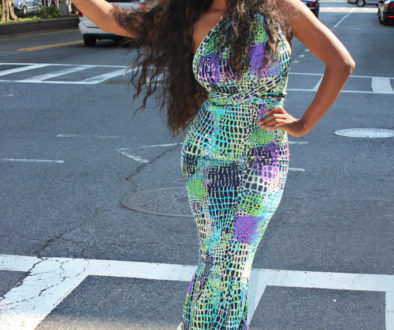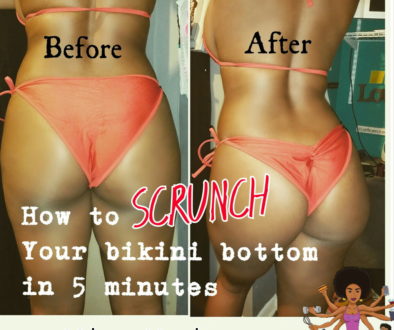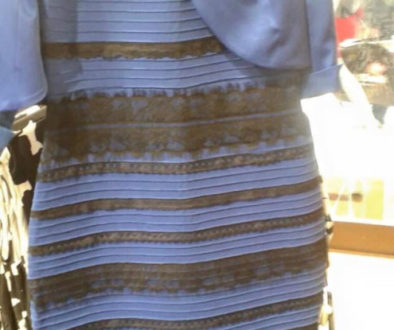What is Resort Wear? And how to do it RIGHT!
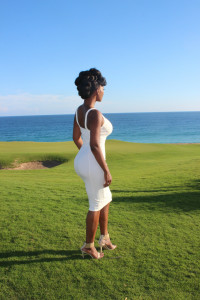
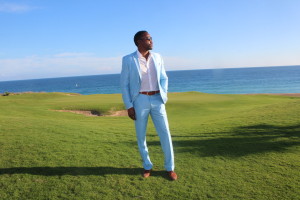
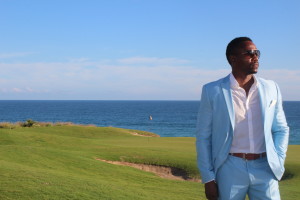
So what exactly is Resort Wear?
Resort wear is clothing worn while traveling and on vacation, especially in warm weather climates. Sometimes referred to as “cruise wear,” it began as a fashion trend for elites and socialites. High end boutiques, department stores, and designers all marketed resort wear as easy to pack, lightweight, and comfortable clothes to wear while vacationing in the tropics. For women, this typically means light dresses, linen separates, and swimsuits, while for men it means colorful shirts, walking shorts, and light trousers.
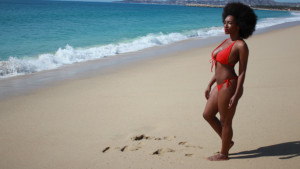
Women’s Clothing
In addition to simple shift dresses, resort wear includes sundresses, light trousers, and loose blouses and tops. Styles are typically very relaxed, and include long caftans and flowing skirts. Since this style of clothing is meant to be worn in the tropics, dresses and tops are often sleeveless; necklines may be low as well. Some evening wear is included in this category, including gowns, but most keep loose, the more relaxed feel of the daytime styles.
Swimsuits and swimsuit cover-ups are also a part of resort wear, and can vary widely by designer. In many cases, suits can be very revealing, and may include bikinis and strapless one piece suits, as well as tanks and halter tops. Swimsuit cover-ups are usually very light and sheer, and may match the suit or come in neutral or patterned fabric.
Most designers include accessories, such as sun glasses, beach bags, hats, and jewelry, when designing their lines. Jewelry is often made with natural materials, like seashells and polished stones, and longer, dangly earrings are common. Bags may be larger than usual, to hold items like suntan lotion, sunglasses, and even a book; straw or canvas materials are often used. Shoes in this style are almost always sandals, thongs, or other open footwear.
Men’s Clothing
Unlike most other fashion categories, shorts are a common element of resort wear for both men and women. For men, this means longer or board shorts, which extend to just above the knee, and are made of cotton or linen fabric. Light-weight dress pants and dress shirts are also included, as are light sport coats for dining out.
Perhaps the most iconic item of men’s resort wear is the Hawaiian shirt, also called an Aloha shirt. This short sleeved, button down shirt came to prominence in the 1930s, and typically includes patterns made up of flowers, birds, and other tropical images. Traditionally considered formal wear in Hawaii, these colorful shirts are now common in men’s vacation wardrobes, no matter where they are vacationing.
Shoes for men can range from sandals to boat shoes or casual loafers. In many resorts, men are expected to wear closed-toe shoes in nicer restaurants and other public spaces, so flip flops or other sandals might not always be appropriate.
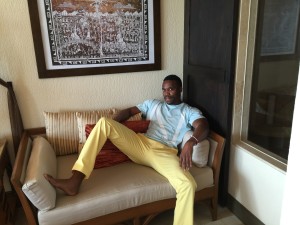
Colors and Fabrics
Some of the primary differences between resort and regular seasonal collections are found in the colors, prints, and types of fabric used for construction. Colors and prints are often geared towards an area of the world with bright natural colors. For example, a collection may include the deep blues and whites of the Mediterranean coupled with an earthy khaki and a sunny yellow. Outfits in white and light beige also very common, as lighter colors reflect the sun and can help keep the wearer cool.
Regardless of the original inspiration of a collection, resort wear remains a worldwide cross-cultural exchange. Prints are often colorful and may be inspired by the bright colors of Carnival in Rio de Janeiro or the marine life of the tropics. Some designers consistently offer collections that are nautically themed and often utilize red, white, and blue.
Cotton, silk, and poplin are often used for constructing resort designs because they are lightweight and breathable. Linen clothing is extremely popular because the fabric is cool and comfortable to wear; it is also very durable and dries quickly. Thin or sheer fabrics are quite common, especially paired with a swimsuit or camisole. In addition to creating comfortable clothing, designers also strive to create clothing that packs easily, washes easily, and does not need to be ironed.
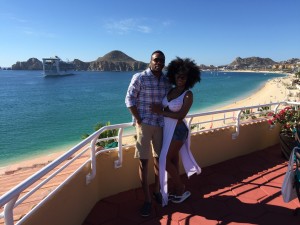
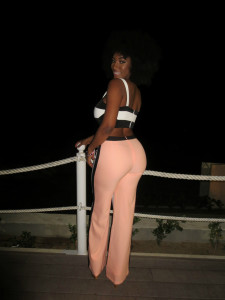
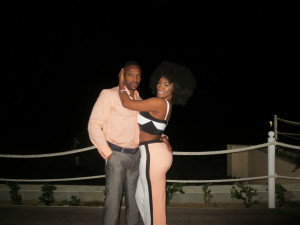
History
Socialite Lilly Pulitzer was one of the first designers of resort wear. After repeatedly spilling on her clothing when she was working at a fruit juice stand in Palm Beach, Florida, she designed colorful shift dresses to hide the spills and begin selling them at her stand. When Pulitzer decided to start her own business, she began designing the warm weather basics she knew women were interested in wearing.
Designers
Although this type of clothing is available from many sources, many well-known designers regularly create resort wear collections.
